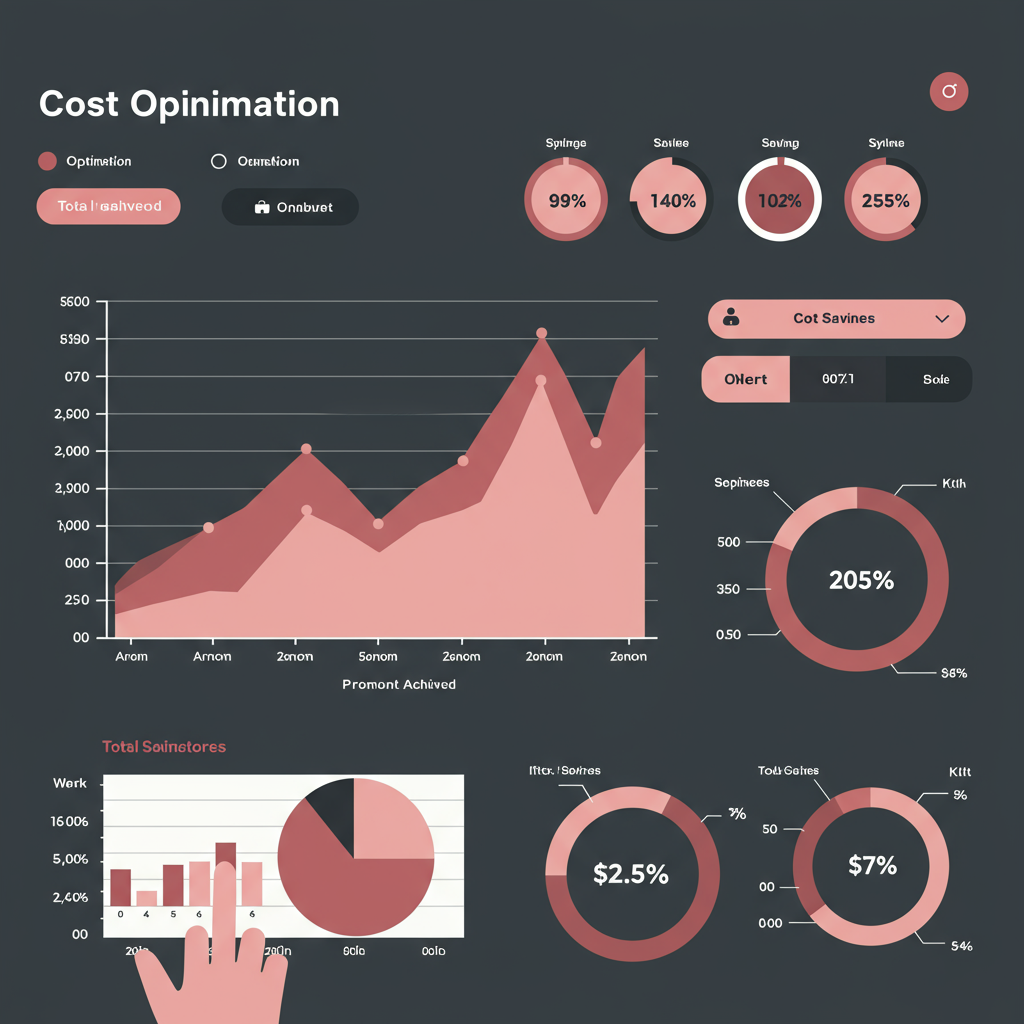In the era of digital transformation, choosing the right automation tool is not only a technical decision, but also a long-term development of the enterprise. n8n provides enterprises with unprecedented freedom of choice with its unique "fair code" licensing model and flexible deployment options. This guide will help you develop the best n8n deployment strategy based on your enterprise needs.
n8n's revolutionary pricing philosophy
This pricing philosophy reflects n8n's deep understanding of the true value of automation. The value of automation lies not in the execution of a single operation, but in the automation of the entire business process. A customer service workflow may contain multiple steps, but its business value is reflected as a whole.
This pricing advantage is particularly obvious for enterprises that need to handle complex business logic. A typical enterprise-level workflow may require dozens of billing units on traditional platforms, but it is only counted as one execution on n8n, which greatly saves costs.
Self-hosted deployment: the choice of autonomy
Full data sovereignty
Self-hosted deployment allows enterprises to fully control the storage location, access rights and processing methods of data, ensuring compliance with various regulatory requirements such as GDPR, HIPAA, SOX, etc., which is particularly important for industries such as finance, healthcare, and government.
Deep customization capabilities
Enterprises can modify n8n's source code according to their own needs, develop custom nodes, and even integrate proprietary internal systems. This flexibility is not available in cloud services and is extremely valuable for enterprises with special needs.
Long-term cost advantages
For enterprises with a large number of automation needs, the marginal cost of self-hosting will decrease as the scale increases. The community version provides free core functions, although there are infrastructure and maintenance costs, but it often provides better cost-effectiveness in the long run.
However, self-hosting also faces challenges: enterprises need to invest in infrastructure, bear operation and maintenance costs, and deal with technical risks. It is suitable for enterprises with strong technical strength and professional IT teams.
Cloud deployment: a smart choice for simplified management
Instant Availability
Enterprises can start using n8n in minutes without waiting for hardware procurement, software installation and configuration. This agility is very important for enterprises that need to respond quickly to market changes.
Automatic Maintenance and Updates
The n8n team automatically handles software updates, security patches, performance optimizations, and other tasks to ensure that users are always using the latest and most secure versions. This not only saves IT teams time, but also reduces security risks.
Flexible Scalability
As the business grows, cloud services can automatically expand resources without the need for enterprises to perform complex capacity planning and hardware upgrades. This flexibility is particularly valuable for enterprises with fast business growth or seasonal fluctuations.
The main limitations of cloud deployment are the transfer of data control and long-term cost considerations. For some enterprises, it may not be acceptable to host sensitive data with a third party; and for enterprises with large execution requirements, the cumulative cost of cloud services may exceed the overall cost of self-hosting.
Hybrid deployment: balancing flexibility and control
For many enterprises, pure self-hosting or cloud deployment may not be the best choice. A hybrid deployment strategy can combine the advantages of both models and provide greater flexibility.
Sensitive separation strategy
Deploy sensitive workflows in a self-hosted environment, while general workflows are deployed in the cloud. For example, workflows involving the processing of customer personal information can be run within the enterprise, while social media management, email marketing, etc. can use cloud services.
Phase deployment strategy
First use cloud services to quickly start automation projects, verify business value and technical feasibility, and then gradually migrate some or all workflows to a self-hosted environment as needed. This strategy reduces the initial investment risk while retaining options for future expansion.
Cloud Infrastructure Selection Guide
Flexible Billing Model
Choose a cloud service provider that offers flexible billing options. AWS's reserved instances, Google Cloud's committed use discounts, Azure's reserved virtual machine instances, etc. can all provide significant cost savings for long-term use. Consider using spot instances for non-critical workloads.
High Availability Architecture
For critical business processes, adopt a multi-availability zone deployment strategy. Although it increases some costs, it can ensure service continuity and avoid business interruptions caused by single point failures. Global enterprises should consider deploying in multiple geographic regions to provide a better user experience.
Optimize Storage Strategy
The n8n database uses SSD storage to ensure performance, but logs and backups can use lower-cost standard storage or archive storage. Regularly clean up unnecessary data and logs to effectively control storage costs and extend the life of resources.
Cost Optimization Best Practices
Monitoring and Analysis
Use tools such as AWS Cost Explorer, Google Cloud Billing, and Azure Cost Management to monitor resource usage and cost changes in real time, and promptly identify and resolve anomalies. Set budget alerts and automated cost control strategies.
Optimize network costs
Choose a cloud provider that provides free internal network traffic, or use a content delivery network (CDN) to optimize data transmission. For automated workflows with a large number of API calls, network costs may become a significant cost item.
Regular review and adjustment
Review automated workflows and resource configurations every quarter to identify inefficient or unused resources. Adjust resource specifications according to actual needs to avoid waste caused by over-configuration. Consider using automatic expansion.
Choose the n8n deployment strategy that best suits your business
According to research, enterprises can save up to 40% on average on automation platform-related costs through a well-planned n8n deployment strategy.
Companies that adopt n8n automation solutions report an average 60% increase in productivity, allowing employees to focus on more creative and strategic work.
85% of n8n users said their deployment strategy can easily cope with the expansion needs brought about by business growth without major adjustments to the infrastructure.
n8n's flexible deployment options and unique pricing model provide enterprises with great opportunities to optimize automation costs. The key is to develop a suitable deployment strategy based on the specific needs, technical capabilities and budget constraints of the enterprise. Whichever method is chosen, it is necessary to carefully evaluate the costs, risks and benefits to achieve the best return on automation investment.







Comments are closed.